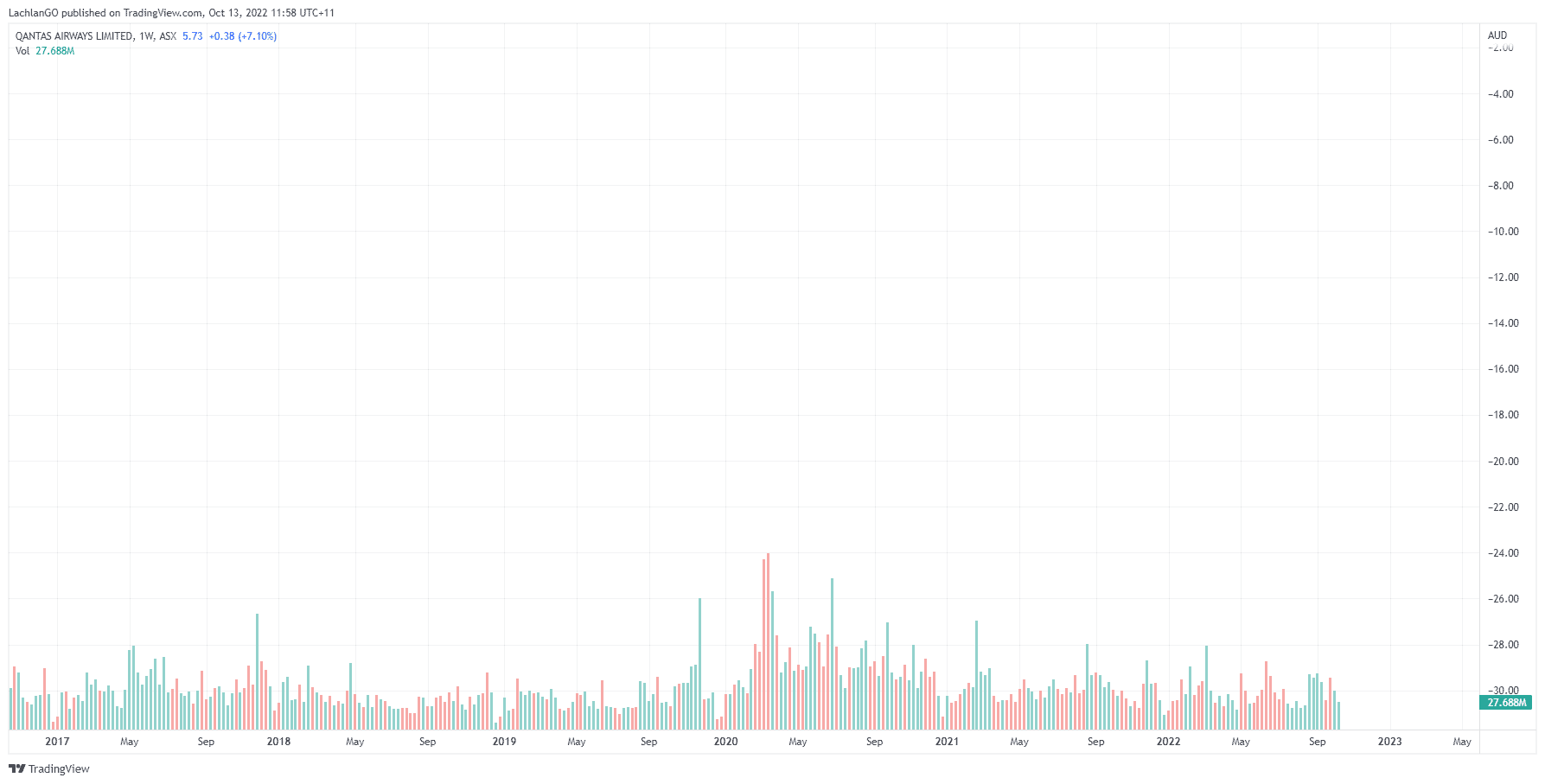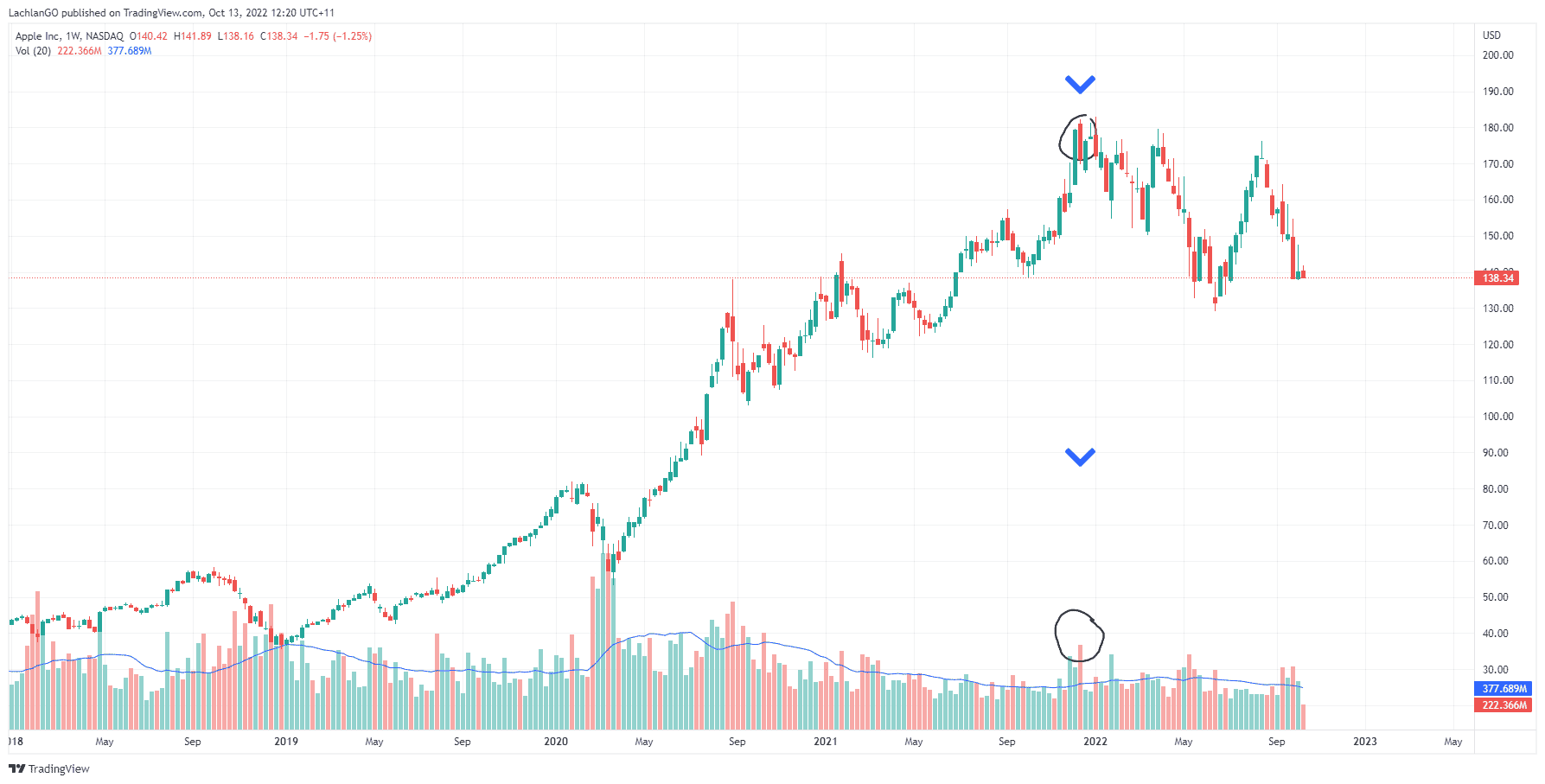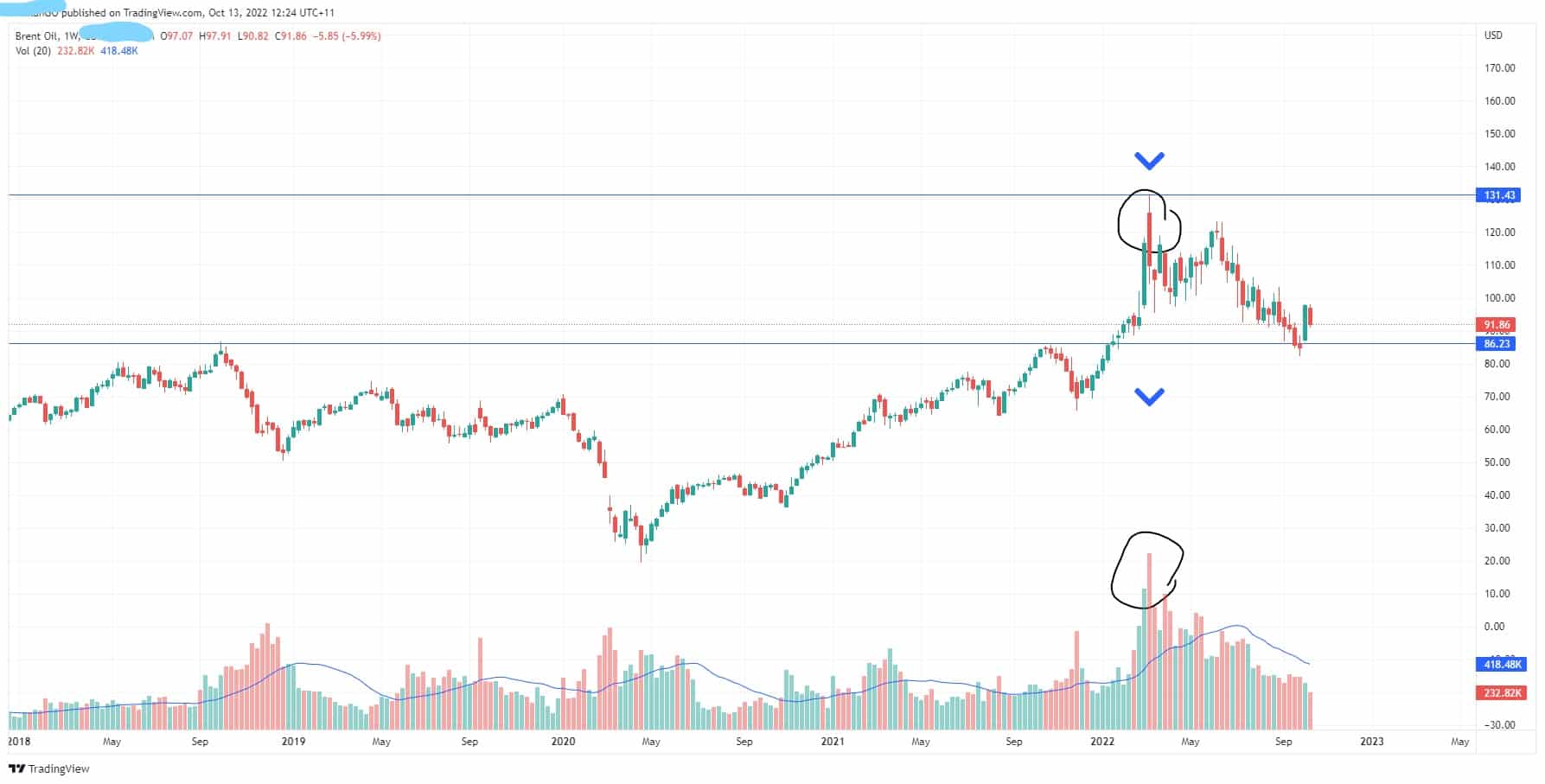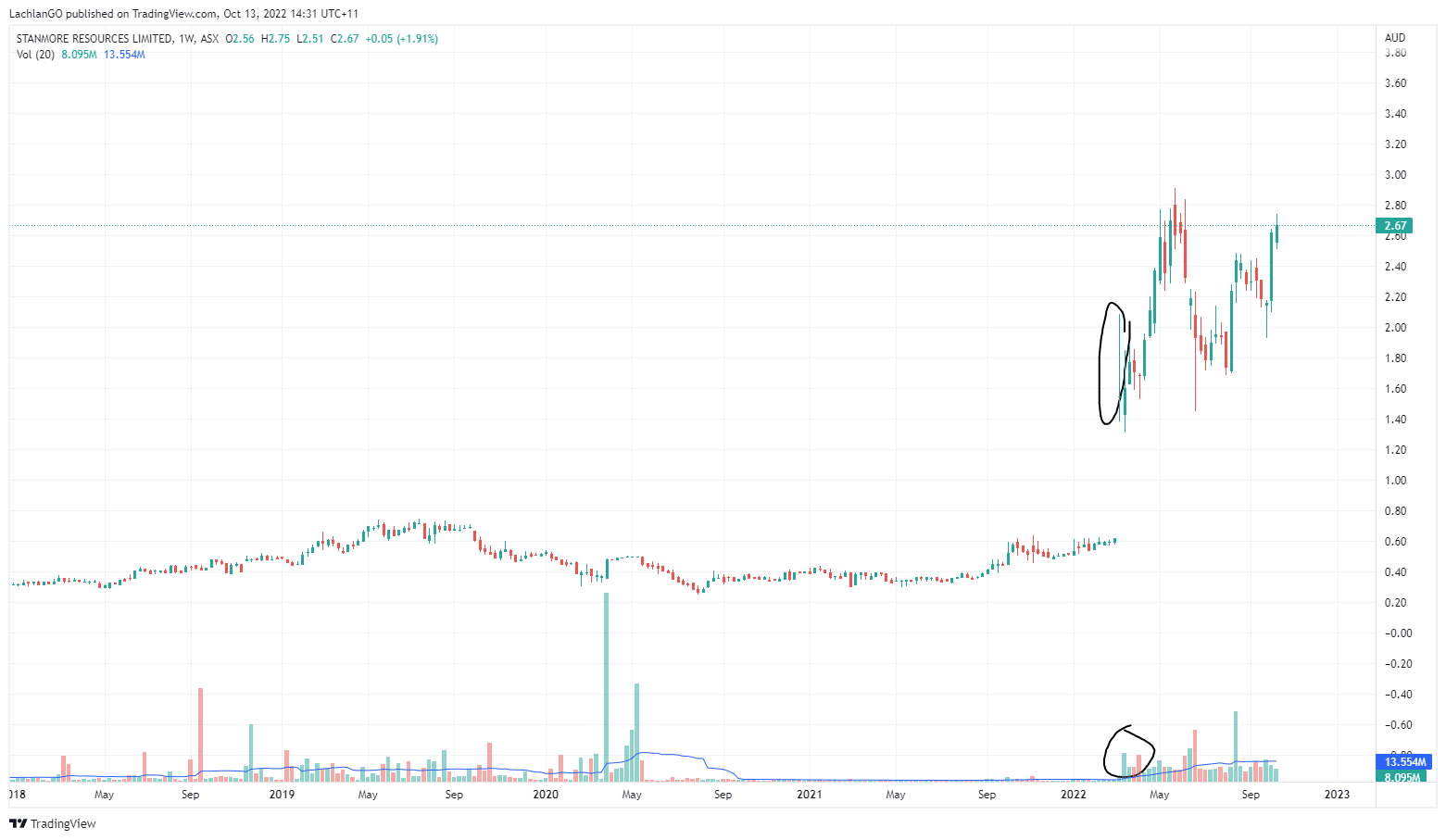- Trading
- Trading
- Markets
- Markets
- Products overview
- Forex
- Commodities
- Metals
- Indices
- Shares
- Cryptocurrencies
- Treasuries
- Platforms
- Platforms
- Platforms
- Platforms
- Platforms overview
- MetaTrader 4
- MetaTrader 5
- Education
- Education
- Education
- Education
- News & analysis
- Education Hub
- Economic calendar
- Help & support
- Help & support
- About
- Trading
- Trading
- Markets
- Markets
- Products overview
- Forex
- Commodities
- Metals
- Indices
- Shares
- Cryptocurrencies
- Treasuries
- Platforms
- Platforms
- Platforms
- Platforms
- Platforms overview
- MetaTrader 4
- MetaTrader 5
- Education
- Education
- Education
- Education
- News & analysis
- Education Hub
- Economic calendar
- Help & support
- Help & support
- About
- Home
- News & Analysis
- Trading Strategies, Psychology
- How to maximise your trading strategy using Relative Volume?
- Home
- News & Analysis
- Trading Strategies, Psychology
- How to maximise your trading strategy using Relative Volume?
- Anticipating Relative volume shifts by understanding that they tend to follow on from big news events, such as unexpected results or broader macro factors.
- Combining big volume shifts with a break of a key support or resistance level
- Combining with other technical indicators.
- Use a collection of volume bars vs just one to see the shift in relative volume
 News & AnalysisNews & Analysis
News & AnalysisNews & AnalysisFor new traders, it can be difficult to know which indicators to use, the saturation of various moving averages, RSI’s, MACD’s and more can be overwhelming and counterproductive. However, utilising relative volume, as an indicator is one of the most important sources of information for technical traders.
What is Volume?
Volume is quite simply, the volume of the asset traded over a specified time. This volume is usually shown by bars, generally located at the bottom of a price chart. Each bar represents one unit of the corresponding time period’s volume traded. It also shows whether the period ended in the green or red. Volume tends to be reflective of the interest in the asset and is therefore a valuable tool.

Why Relative volume?
Now that there is a clear definition of what volume is, understanding relative volume is straight forward. It has been established that volume is indicative of the amount of the asset traded for that time. Essentially, most assets will have a consistent or average volume that gets traded over a specified time, whether it be an hour, day, or a week. Generally, the longer the time frame, the more weight a trader should give to that average. A large spike in the volume relative to the average is what a trader should be looking for. The volume bars are the best indicators of this. Larger volumes can indicate larger positions being taken and increasing interest. Therefore, increases in relative buying volume can be a leading indicator for a move to the upside. On the contrary, a large red volume bar can be a leading indicator that price drop is about to occur as a large position is exiting.
A rule that many retail traders like to use is to follow the “big money” or institutions. Big institutions cannot just enter or exit their positions quickly like retail traders. Therefore, these institutions leave a trail of their entries and exits, that experienced traders can capitalise on and follow.
Understanding how shifts in volume can indicate, potential break outs, break downs and reversals takes time and practice but is a valuable tool that any trader should utilise to improve their entries and exits.
A few examples of volume indicating changes in price action.
Apple’s sharp increase in selling volume indicated the ‘top’ and has not reached those high since.

Similarly, the chart for Brent Oil showed a similar pattern whereby it could not breakthrough a long-term resistance level and combined with a large volume of selling signaled that the price had peaked.

The price for Stanmore Resources saw a big push after the influx of new volume and has its price increase since the first candle. This may indicate that institutions have added the company to its holdings or that significant buying interest has returned.

Further way to optimise using relative volume
The information provided is of general nature only and does not take into account your personal objectives, financial situations or needs. Before acting on any information provided, you should consider whether the information is suitable for you and your personal circumstances and if necessary, seek appropriate professional advice. All opinions, conclusions, forecasts or recommendations are reasonably held at the time of compilation but are subject to change without notice. Past performance is not an indication of future performance. Go Markets Pty Ltd, ABN 85 081 864 039, AFSL 254963 is a CFD issuer, and trading carries significant risks and is not suitable for everyone. You do not own or have any interest in the rights to the underlying assets. You should consider the appropriateness by reviewing our TMD, FSG, PDS and other CFD legal documents to ensure you understand the risks before you invest in CFDs. These documents are available here.
#ForexStrategy #ForexTrading #ForexTraining #ForexCourse #ForexEducation #ForexHelp #ForexAnalysis #FXSignal #MetaTrader #MetaTrader4 #MetaTrader5Next Article
US equities surge after shrugging off hot CPI figure in chaotic session
US stocks ripped higher after a hot CPI figure saw the S&P 500 open over 2% down from the previous close only to finish up 2.6%. This came despite an Inflation figure that was higher than analysts expectations (8.1% YoY) at an 8.2% increase from September last year and a 40 year high. S&P 500: This is only the 5th time in histor...
October 14, 2022Read More >Previous Article
US stocks end slightly lower in a choppy session after hot PPI data and mixed FOMC minutes.
US markets mostly tread water ahead of todays CPI figure, equities and the USD traded in a fairly tight range, a lack of expected chaos out of the UK ...
October 13, 2022Read More >Please share your location to continue.
Check our help guide for more info.

- Trading
